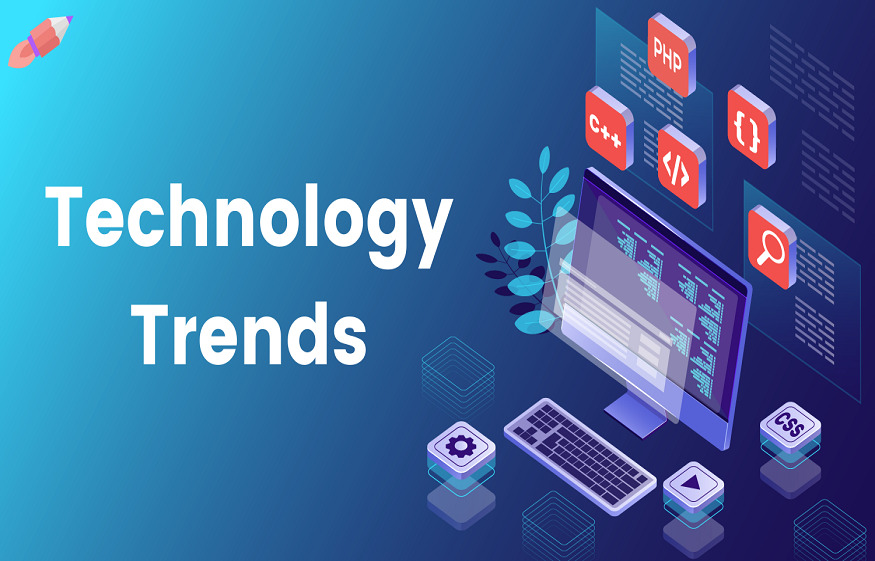Technology Trends in Building Construction: Changing the Course of Future
3 min read
New technologies may be tested out on construction sites. Changing building sites need continual documentation of what’s going on.
Modern technology makes it simpler to manage all construction projects because of many different kinds of machinery and equipment required.
Technology like smart buildings and even drones change the landscape of construction. Technology is always changing in the building business. A new trend emerges each year, influencing how projects are planned and implemented.
The following are five important technological developments that can take over the industry by 2022 and beyond. When one wants to find the best quality farm houses for sale, they should also consider incorporating this technological advancement in their home.
-
Real-Time Augmented Environments
In the construction business, augmented reality (AR) technology is already being utilised to overlay digital information over the actual environment. AR may be used to display 3D representations of buildings and even aid with safety by overlaying instructions on things.
To achieve a competitive advantage in the construction industry, several businesses are already using augmented reality (AR) technologies.
Working in hazardous or difficult positions, examining complicated buildings, or operating heavy equipment will be easier for construction workers using AR by 2022, according to industry predictions.
-
Analytics based on predictive models
Based on previous data, the predictive analysis aims to anticipate future behaviour. Future forecasts may be made more accurate thanks to this prediction.
Statistics, predicting analytics, machine learning, artificial intelligence (AI), performance management, simulation modelling, and trend analysis are some of the tools used in predictive analytics (PA).
Predictive analytics may help construction businesses better understand their issues and come up with creative solutions.
Based on the changes in variables, construction organisations may develop varied results using predictive analysis. This gives the organisation a list of possible future outcomes from which it may plan for its desired result.
-
The concept of “virtual twins”
There are several ways to create a digital twin, but one of the most common is by using data to create a virtual replica of an existing physical system.
Building using 3D data is not new, but using digital twins will allow for more cost-effective and time-saving projects.
Windows may be automatically opened and closed using digital twins, which let buildings react to their surroundings. To save downtime, digital twins can spot potential problems before they occur.
Stadiums, airports, and retail malls, to name a few, might all benefit from having a digital twin of their development sites.
A digital counterpart of these buildings would make it easy to let cars access during some hours while blocking them off at others. In addition, digital twins will enable construction workers to remain in sync and remotely manage the operation.
Although digital twins are currently being utilised for 4D planning, their full potential has yet to be realised (5D and 6D are on the way).
-
5D BIM
Five-dimensional Building Information Modelling (BIM) (BIM) is the process of constructing digital representations of real-world structures. 5D BIM’s cross-disciplinary capabilities, which are particularly beneficial on complicated projects, are projected to spur further adoption at a quick rate.
The data utilised in 5D BIM is very comprehensive, allowing for a variety of in-depth analyses.
The use of 5D BIM will also assist to eliminate human error and expedite project completion. It is simpler to detect and handle possible issues when projects are tracked in real-time.
-
Automation and Robotics
Future growth in the use of robotics and automation in the construction sector is only projected to expand shortly.
A surge in building expenses is putting pressure on corporations to find innovative methods to reduce their expenditures. The automation of many jobs is taking place at the same time as some businesses are reducing wages and benefits. Customers and reviewers have given robotic bricklaying equipment a glowing reception.
These were some crucial and attractive changes in construction by technology.







